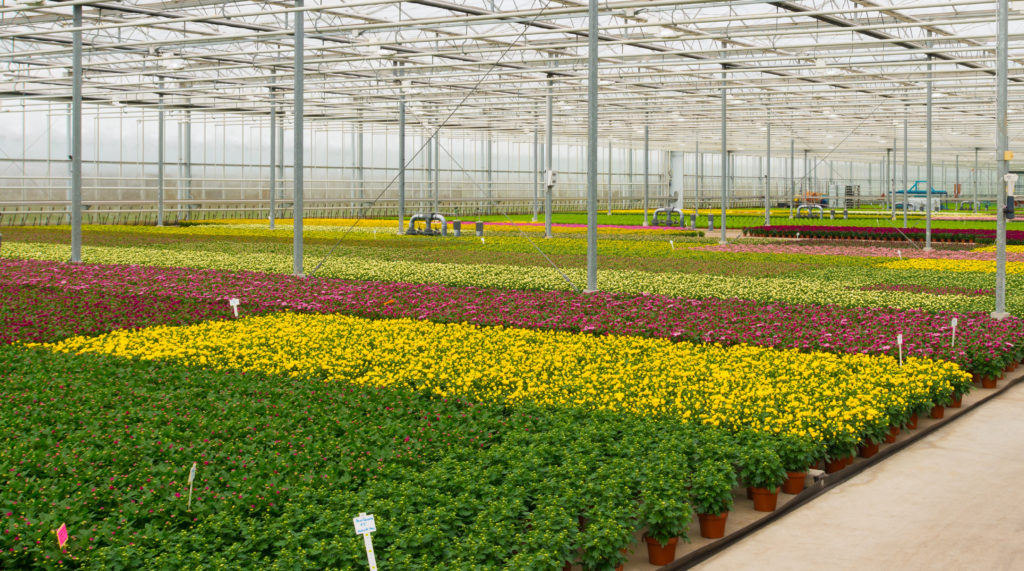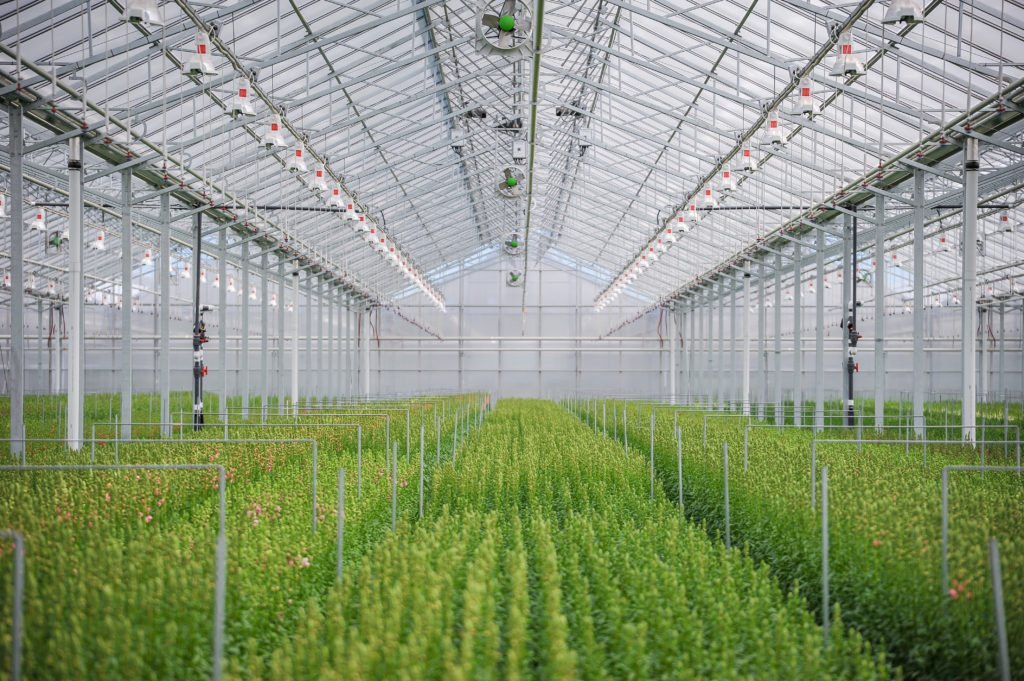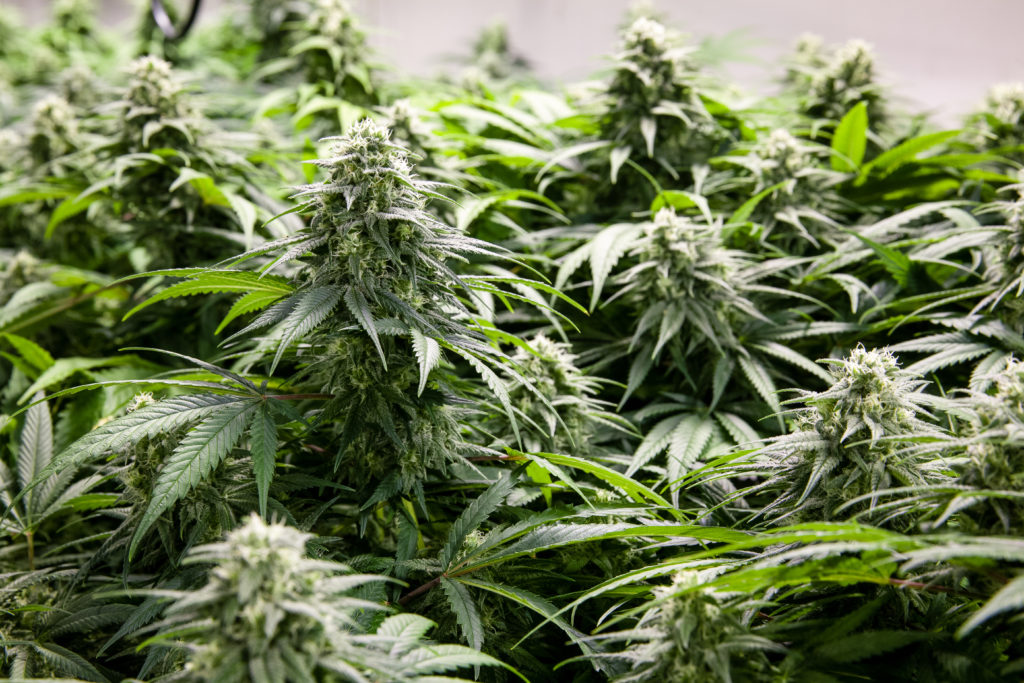What is photoperiod?
Many plants have a flowering response that corresponds to the number of light hours in a 24-hour period – referred to as photoperiod. However, it is really the uninterrupted period of darkness that controls the flowering responses in plants. The natural photoperiod changes throughout the year and depending on where you live the difference may be small, such as by the equator where there are only minimal changes. However, if you lived in Toronto, Ontario you would see contrasting photoperiods of about 16 hours of daylight in June versus about 9 hours in December. By understanding how daylength affects a plant’s development, we can further manipulate the natural photoperiod to promote different stages of development in photoperiod responsive crops.

Short day and Long day Plants
First, it’s important to recognize the flowering response of your crop. As mentioned above, plants have responses to photoperiod based on the number of uninterrupted night-time hours. Plants that respond to long nights and short days are called short day plants and generally flower when days are less than 12 hours. Plants that respond to short nights and long days are called long day plants, generally flowering when days are longer than 12 hours. And some plants will flower regardless of daylength and are referred to as day neutral plants. Within the short day and long day flowering groups you can have obligate and facultative flowering responses.
Obligate short-day plants will only flower when nights are long (more than 12 hours) and days are short. This includes hyacinth bean, cannabis, poinsettia and chrysanthemum.
Facultative short-day plants will flower earlier when the photoperiod is short but will still flower regardless of daylength. This includes zinnia, cosmos, and morning glory.
Obligate long day plants will only flower when days are long, and nights are short (less than 12 hours). This includes Fuchsia, china aster and strawflower.
Facultative long day plants will flower earlier under long days but will still flower regardless of daylength. This includes Snapdragon, salvia and calendula.
Why manage photoperiod in your crops?
The primary application of photoperiodic lighting is when the natural day length is short. Managing photoperiod allows you to control many factors during the development of your crop.
It can allow you to:
- promote flowering in long day plants
- decrease excessive growth
- inhibit flowering to bulk up growth in short day plants
For spring-finishing crops, such as bedding plants, usually means lights are running from January to early April. Once the natural photoperiod is long again (mid- to late-April) there is no value of photoperiodic lighting.

How to use photoperiodic lighting in your crops:
The photoperiodic lighting intensity needed is only 1 to 2 μmol·m-²·s-¹ in order to induce a long day response in plants. There are several possible lighting regimes:
Day extension lighting, which consists of turning on a light source before the sun sets and keeping them on until desired day length is met.
OR
Night Interruption lighting, which consists of using light to interrupt the dark period in the night. Usually this style of photoperiodic lighting is provided from 10pm to 2am. By interrupting the dark period, the plants will perceive a long photoperiod.
To get the most out of photoperiod lighting for your greenhouse requires an understanding of how your plants respond to photoperiod and adjusting the photoperiod throughout the year to control growth.
Controlling Growth in Short Day Plants
Short day plants such as chrysanthemums and cannabis initiate flowering responses as nights get longer, in natural environmental conditions that would be late summer and fall. Growers will often use blackout curtains to control flowering and create short days. This means that short-day crops can be grown year-round indoors if photoperiod is controlled. Facultative short-day plants such as celosia or zinnia can benefit from blackout curtains in early spring to promote flowering for spring sales. As mentioned earlier, photoperiod lighting can be used to keep short-day plants vegetative and prevent them from flowering. This is often done to boost root and shoot development to grow a more robust plant. In fact, for many varieties, if short days occur too soon after germination it can induce flowering early and can result in poor overall performance.

The difference between photoperiodic and supplemental light
Photoperiodic lighting is used to promote flowering in crops that respond to long daylengths or promote vegetative growth in short day plants. Photoperiodic lighting will not enhance the weight or quality of the crop as the typical intensity needed is only 1 to 2 μmol·m-²·s-¹, which is bright enough for plants to perceive but not enough for photosynthesis.
Supplemental light contributes to the amount of PAR (photosynthetically active radiation) received during the day and is referred to as DLI (daily light integral). So, growers can use supplemental lighting to increase their DLI in their growing operation. This is especially important for winter months at Northern Latitudes when light levels are naturally low and have low DLIs, which can negatively affect plant growth and quality. The addition of supplemental lighting affects the photosynthesis of the plant, and will influence plant growth, hasten flowering and increase plant quality. The rate of photosynthesis increases as light intensity increases (to a certain point referred to as the light saturation point), so plant growth will often also increase with increasing light intensity. When supplemental lighting is turned on for longer than the natural daylight, it can also have a photoperiodic effect on the plants.


